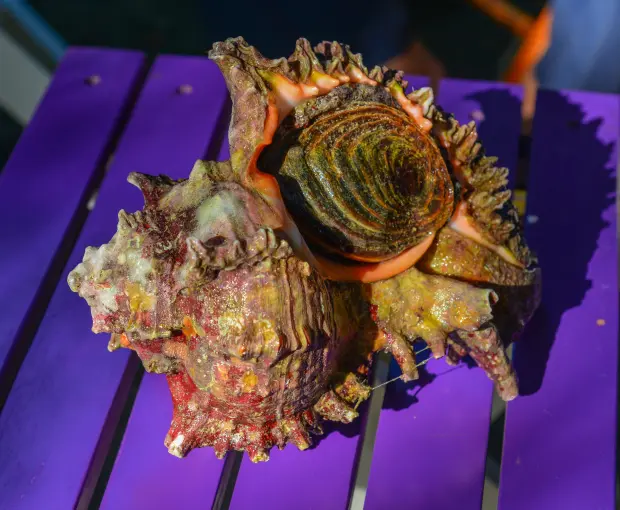Tunisian Mohamed Ghassan Nouira succeeded in recreating a mysterious ancient dye that had been missing for centuries and was previously worth three times its weight in gold. Nawira now displays pigments and dyed products that resemble real purple in photographs at exhibitions around the world.
How was it produced?
It all started with a routine lunchtime stroll on a beach on the outskirts of Tunis in September 2007.
“There was a terrible storm the night before, so there were a lot of dead creatures on the sand, like jellyfish, seaweed, small crabs and molluscs,” Noira told the BBC.
Then he noticed a reddish-purple liquid oozing from a split sea snail, and immediately thought of a story he’d learned in school: the legend of the purple tyre.
This dye became a sign of power for generations of rulers, including the Egyptian Queen Cleopatra, who became obsessed with it.
Tyrian purple is found in paintings dating back to the Bronze Age.
One of the most legendary products of the ancient world, the natural reddish-purple dye began as a clear liquid produced by sea snails of the Murex family.
Extracting this dye required tens of thousands of snails and significant labor, but by the 15th century, detailed recipes for extracting and processing the dye had been lost.
But Al-Nouiri has spent most of the past 16 years in a small garden in northeastern Tunisia trying to produce something that resembles the color he loves.

